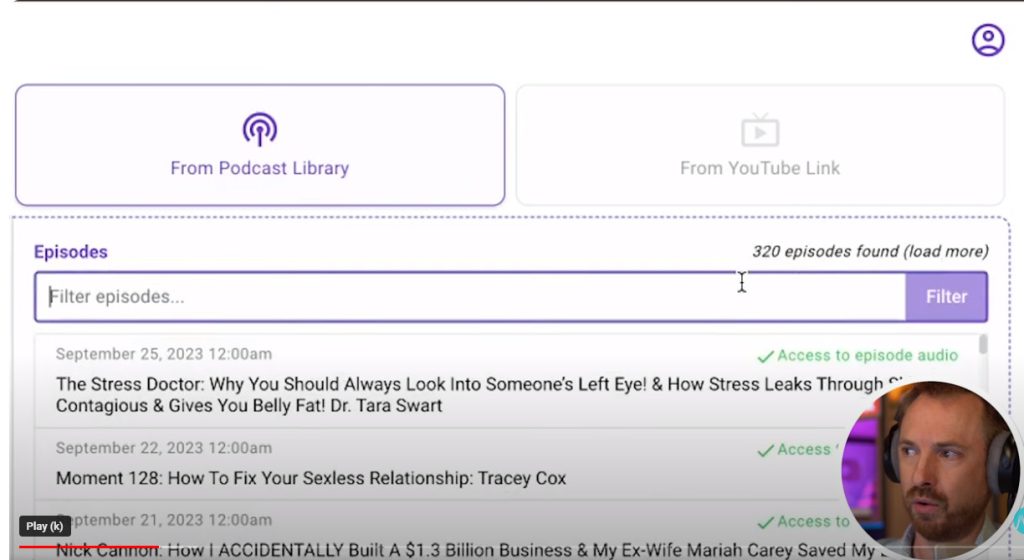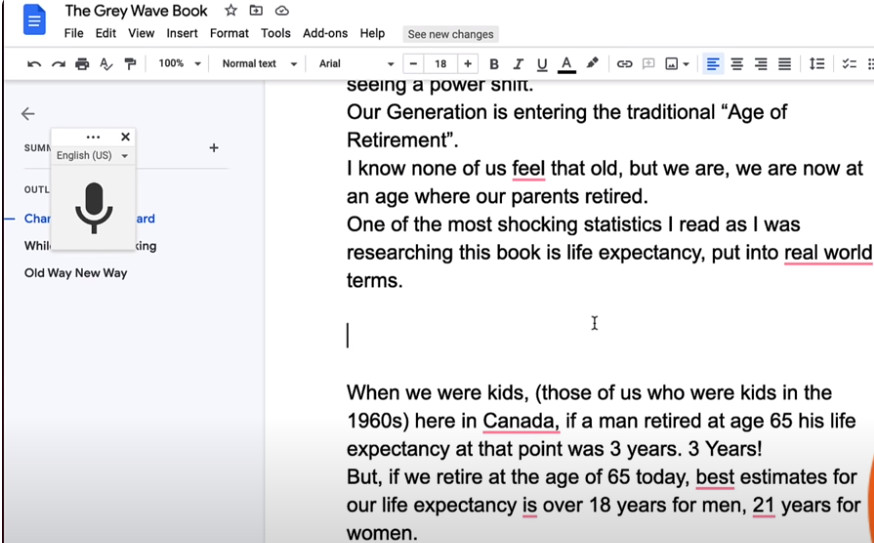Speech-to-text technology has a long history of development, starting from simple acoustic methods to modern systems based on artificial intelligence and deep learning. Its history began with the search for ways to mechanically convert speech acoustic signals into printed text.


History and Working Principle of the Technology
Speech-to-text technology has a long history of development, starting from simple acoustic methods to modern systems based on artificial intelligence and deep learning. Its history began with the search for ways to mechanically convert acoustic speech signals into printed text. The modern methods of speech-to-text translation involve the use of computer algorithms and artificial intelligence to analyze and interpret audio signals. Here are the key stages of operation:- Recording and capturing audio signal. Initially, it is recorded using a microphone or some other audio device.
- Preprocessing of sound. The sound signal undergoes preprocessing to remove noise and background sounds, which helps improve speech recognition quality.
- Speech recognition. Special algorithms are used to recognize phrases and words spoken in the audio. This process involves methods of analyzing speech characteristics, comparing with samples, and training models on large volumes of data.
- Conversion to text. Recognized phrases and words are converted into a text format using computer algorithms and linguistic rules. This process includes segmenting speech into individual words, determining their meanings, and contextually combining them into sentences.
- Correction and adaptation. The resulting text can be corrected and adapted to improve translation quality, correct errors, or meet specific user requirements.
- Output of textual result. The final text is output to the user on a computer screen or another device in the form of a text document or through a special interface.

Areas of Transcription Usage
Speech-to-text conversion is relevant both in everyday life and in professional activities:- Students use transcription when writing essays, term papers, and diploma projects.
- Teachers use it to prepare educational materials.
- Writers use it during book and article writing (for quick recording of their ideas and thoughts on a dictaphone).
- Translators use it to translate large volumes of video and audio, reducing the time spent on manual speech transcription.
- Journalists use it for quick processing of interviews, speeches by different speakers, and official statements by officials.
- Business owners use speech-to-text conversion to record conferences, meetings with clients, and then analyze them.
- Sociologists need audio transcription when conducting various surveys among the population, to study their opinions and provide ready-made results.
Benefits of Speech-to-Text Conversion
Initially, transcription was perceived more as a way to ease the lives of people with limited abilities. However, in today's world, where visual content has become an integral part of life, it has become an essential attribute in information processing.Optimization of Work Process
Such an option allows for the rapid creation of textual information without the need for manual input. This is especially useful in business meetings, educational institutions, or during presentations. If a person does not know touch typing, it is much faster and easier to dictate the text and then transcribe it using a specialized service. Speech-to-text conversion enhances productivity by enabling quick creation of necessary information, making notes, and jotting down ideas without the need to switch between different applications or devices. Everything can be accomplished on a single phone, without the need for computer equipment and text editors.Improvement of Information Accessibility
Thanks to online transcribers, textual accompaniment for videos can be translated and subtitles created in any language in the world. They enhance intercultural communication and allow interaction in various spheres of life, from business to personal matters. Transcription technologies are especially important for the hearing impaired during travel: for interaction with drivers, airport employees, bus station staff, hotel personnel, etc. Converting speech into a text format allows understanding, for example, audio announcements in public transport, the deciphering of which is not always provided to passengers. It also facilitates guided tours, where each participant can choose to read rather than listen to what the guide is saying.
